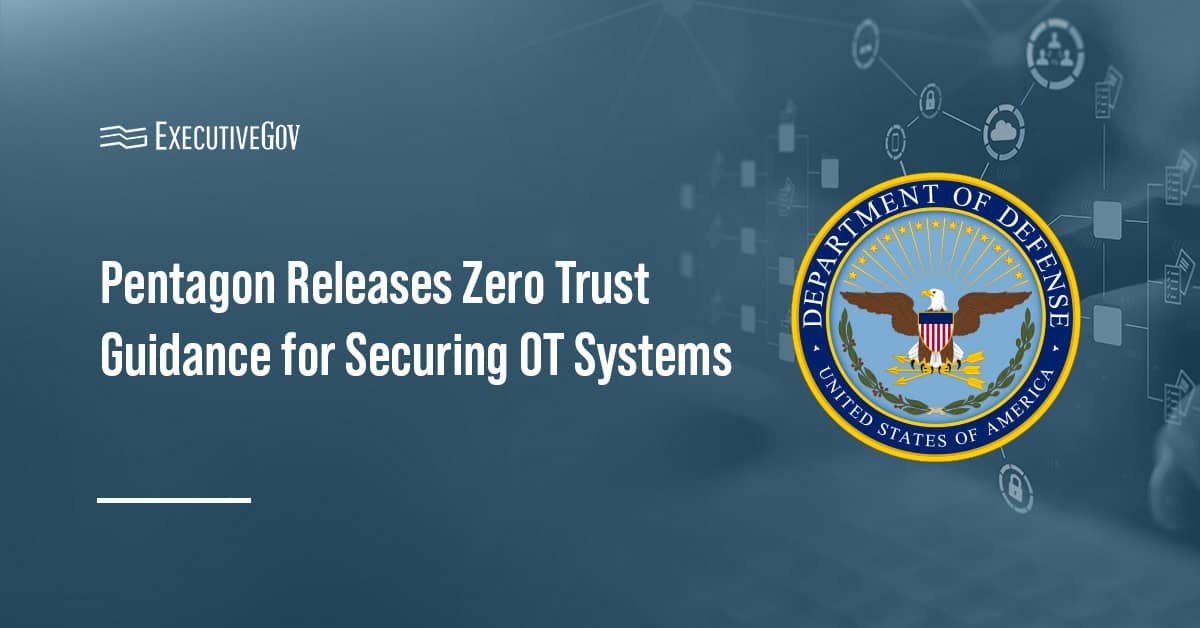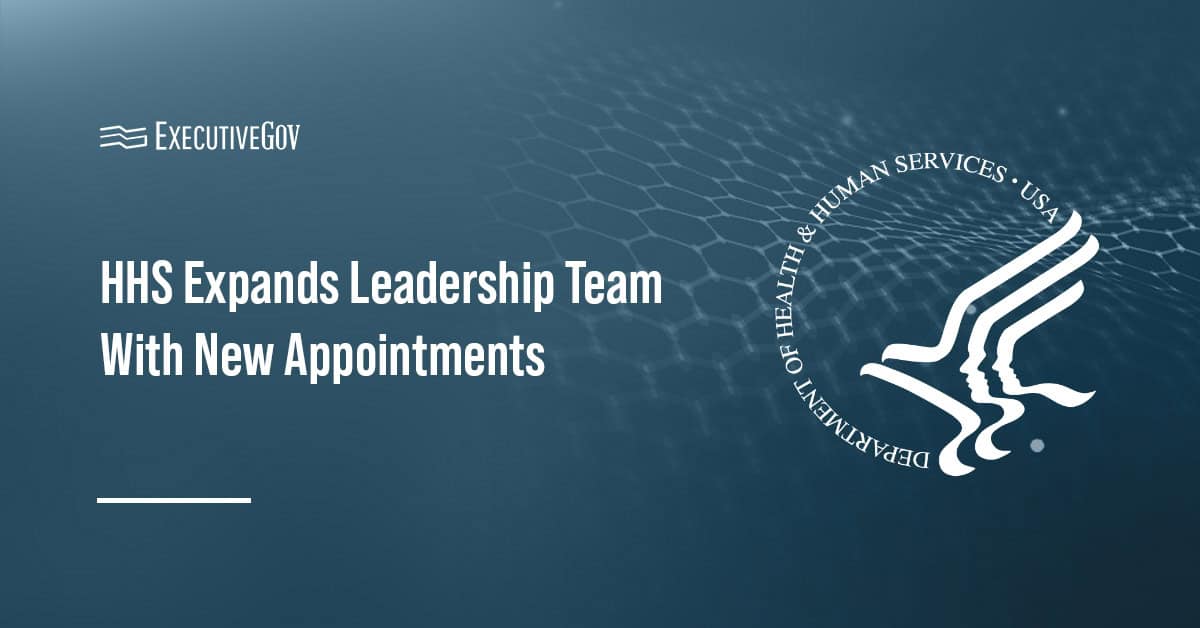 The Defense Department has said several efforts are underway to address so-called “ghost” soldiers in Afghanistan such as person-by-person verification and biometric registration, Stars and Stripes reported Friday.
The Defense Department has said several efforts are underway to address so-called “ghost” soldiers in Afghanistan such as person-by-person verification and biometric registration, Stars and Stripes reported Friday.The Special Inspector General for Afghanistan Reconstruction said in a letter to DoD that there are gaps between the number of assigned Afghan forces and the actual head count of persons in service, Phillip Wellman wrote.
SIGAR asked DoD for an update on previously proposed measures to account for Afghan security forces, Wellman reported.
DoD said biometric enrollments of Afghan personnel will be completed in July 2017 to give DoD and Afghanistan’s defense ministry a representation of actual force strength, the report stated.
The U.S. has spent $68 billion since 2002 to aid Afghanistan’s national defense and security forces in the fight against the Taliban and other militant groups.





